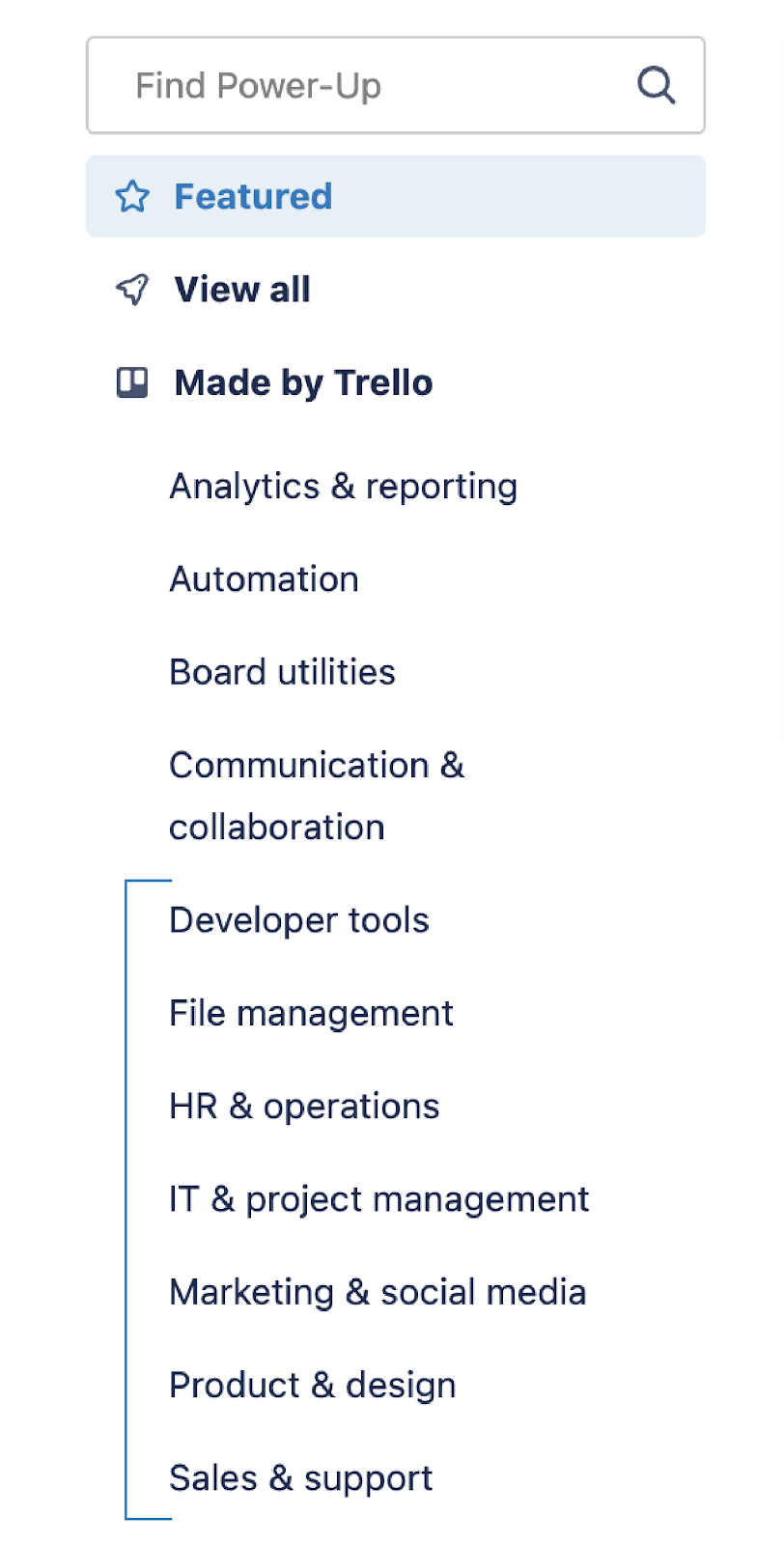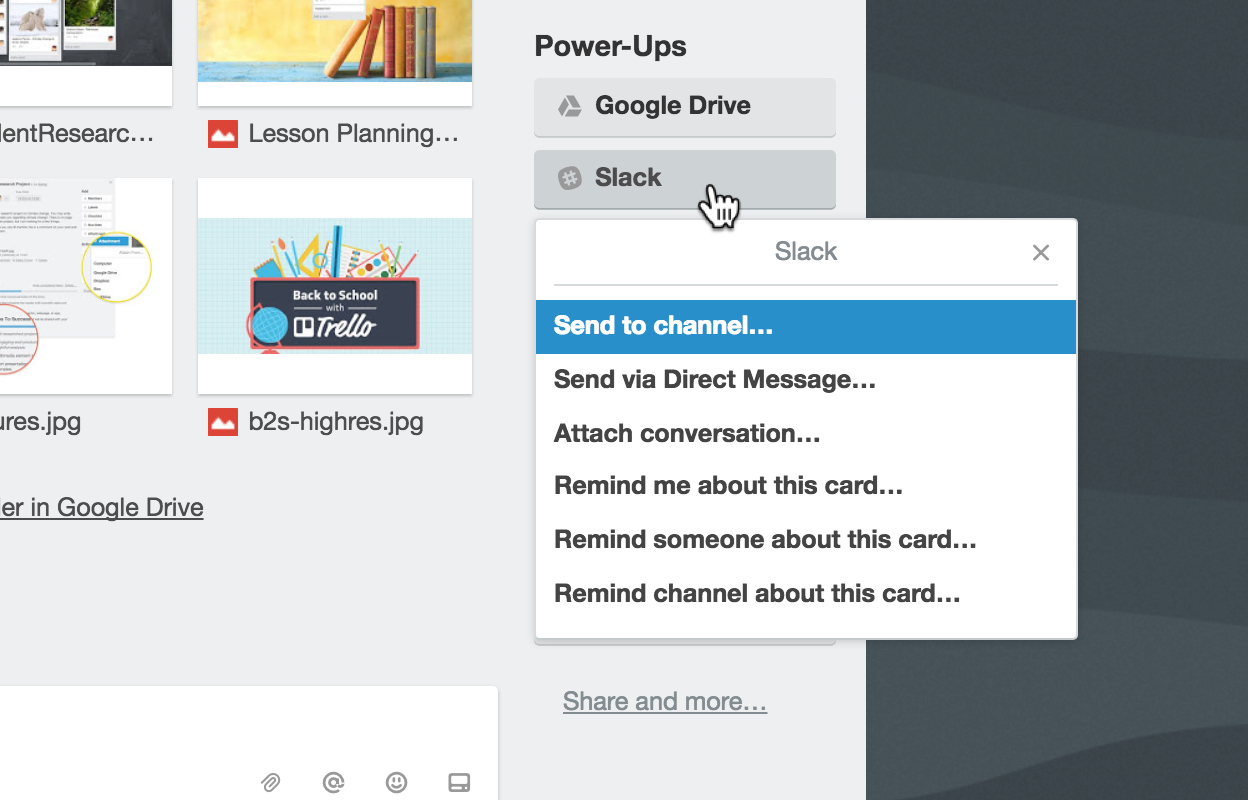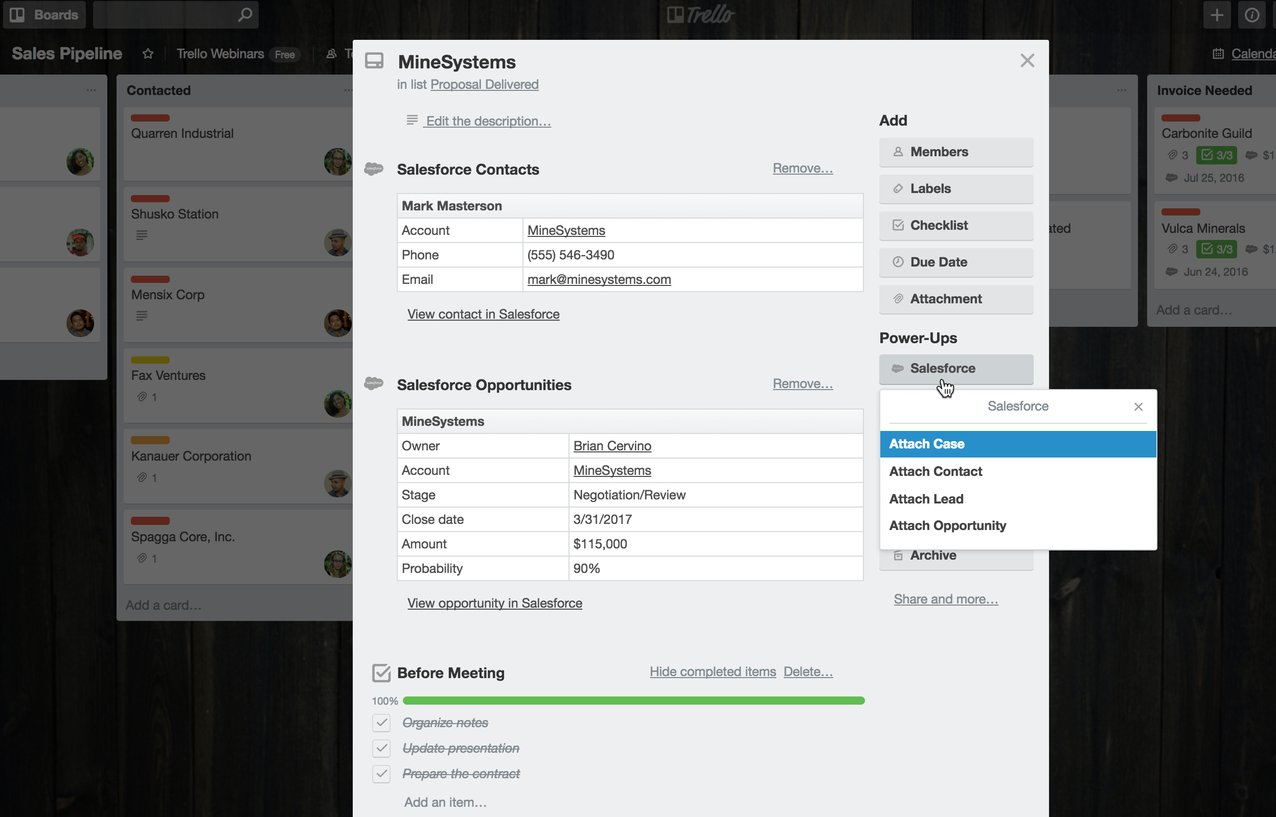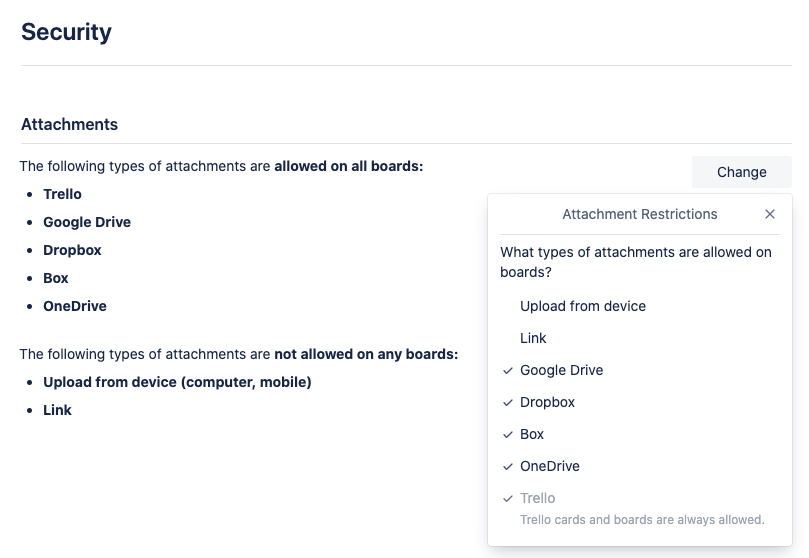-width-2400-name-KnowledgeBaseFinal (1).png.png)
You’ve heard the age-old axiom: knowledge is power. But while the fundamental concept may be true, the assertion comes with a couple of large caveats. Sure, knowledge is power … If it’s accurate. If it’s accessible. If it’s used correctly. Unfortunately, in the workplace — that’s almost never the case. And it’s costing enterprise companies millions of dollars each year.
Knowledge-sharing issues, in particular, take a heavy toll on your company’s bottom line, on productivity, and on employee morale/burnout as a whole. But those issues can be solved with a simple solution: an internal knowledge base (IKB). Here’s how you can use an IKB to address knowledge-sharing issues for a more collaborative, productive workplace.
So, Why All The Hype About Internal Knowledge Bases?
Internal knowledge bases serve as a central hub for your organization’s internal information — a place where employees can access the relevant resources, files, data, and training materials they need to do their jobs effectively. IKBs have emerged in recent years as one of the most valuable tools for internal communication within companies, and for good reason.
Knowledge Bases Improve Productivity
Creating a single location for internal knowledge eliminates much of the time employees spend tracking down files, waiting on coworkers for information, and duplicating work that’s already been completed.
A recent 8x8 survey of knowledge workers from mid-market and enterprise organizations found that 49% of employees spend up to two hours every day trying to track down the information they need to do their jobs. And data from Panopto’s Workplace Knowledge and Productivity study shows that employees spend an average of five hours every week waiting on coworkers for knowledge that’s essential to their duties.
That’s not where the knowledge-sharing issues end, either. Asana estimates that each year enterprise teams spend approximately 13% of their time on work that’s already been completed, simply because they were working from documents that hadn’t been updated or weren’t aware another department had taken on those tasks.
By creating a system where employees can quickly access the vital resources and job-related knowledge they need in order to succeed, companies can cut down the amount of time wasted due to inefficient knowledge sharing and increase productivity across the entire enterprise.
You’ll See Substantial Cost Savings
Sure, IKB’s help increase productivity by eliminating hours wasted on inefficient knowledge sharing. But those time savings equate to significant bottom-line impacts as well!
Let’s say your organization has 5,000 employees, and the average hourly salary comes out to around $28 per hour. Each employee spends two hours per day tracking down information and five hours each week waiting on coworkers for knowledge. Assuming you follow a five-day work week, that’s 15 hours of time per week, per employee, that you’re losing due to inefficient knowledge sharing.
If you want to calculate just how much those wasted hours are costing you (spoiler alert: it’s a lot), that formula would look something like this:
($28 per hr) x (15 hr per week) x (52 weeks per year) x (5,000 employees) = $109.2 million per year.
It’s a disquieting figure, and one that highlights just how crucial it is for enterprises to put a knowledge-sharing system in place.
IKB’s Reduce Knowledge Loss
You’ve been there before. One of your most tenured employees departs the company, taking with them 20+ years of knowledge. While some of that knowledge was trained, and can eventually be taught to a replacement, much more was gathered contextually through decades of on-the-job learning. Without an IKB in place, that knowledge is gone — and you’re starting over from scratch.
Internal knowledge bases reduce knowledge loss by providing a platform where employees are encouraged and empowered to document, store, and share the critical work knowledge that’s vital to the department’s success. A sales rep has decades of high-stakes relationships with POCs, for example, but none of the information is stored outside their brain or inbox.
If that information is documented in a knowledge base, when an employee leaves, you can rest assured knowing they’re not leaving a knowledge vacuum behind.
Remote Teams Need IKBs In Order To Be Successful
One in three companies anticipate having at least half of their workforce remote post-COVID, but Igloo’s 2020 State of the Digital Workplace report shows that nearly 80% of remote workers believe they face challenges in-office employees do not. Knowledge sharing issues — such as missing important information that was only communicated in person or being unable to access important documents — account for two of the top four challenges.
The issue is that remote employees don’t have access to many of the traditional means of knowledge gathering available to in-office employees, like being able to pop into a coworker’s cubicle with a question or flag someone down to dig up a paper file.
Internal knowledge bases address these issues and ensure the success of remote teams by providing employees with quick access to the files and information they need when they need it — regardless of where they’re working.
How To Build Your Internal Knowledge Base With Trello Enterprise
While the benefits of an internal knowledge base are compelling, it can be daunting (and expensive) to create one from scratch. Before you invest in complicated knowledge base software, consider how you can leverage the tools your employees are already using to build an internal knowledge base that’s accessible, intuitive, and cost efficient. Here are some ways you can do that directly within Trello.
Centralize Information With Resource Boards
All the knowledge in the world isn’t helpful if it’s locked away somewhere employees can’t find it. Resource boards make it easy for employees to access the information they need by serving as a repository for important documents, FAQs, or training materials. No more chasing down Lori from HR for a password or digging through emails to find a link to the company’s PTO policy.
While they’re a great tool for centralizing information companywide, there are a few things you should consider before setting up your resource boards in Trello.
- Who is the resource board for? Larger enterprises should create resource boards on a departmental level — one for the Sales department, one for the HR department, etc. By letting each team create their own resource board, you’ll ensure that the items and information included are things that will aid that specific department’s employees in their daily jobs. Also, consider having one companywide resource board that contains essential items every employee needs access to, regardless of department (such as your company policies).
- What information needs to be included? For an HR resource board, you might choose to include things like expense policies, vacation policies, onboarding resources, or files for new hires. A resource board for your sales team, on the other hand, may be more valuable if it houses a database of reply templates, sales pitches, price sheets, and service offerings. Prioritize resources that are the most critical for employees’ success — things they can’t do their jobs without.
- Where are these resources currently? Chances are that many of the items you want to include on your resource boards are scattered across different apps, drives, inboxes, or desktops. Before you can add them to your knowledge base, someone will need to find, update, or — in some cases — create those resources. Have each department head task someone with compiling these items and adding them to Trello (see below for how our Power-Ups help simplify that process). They can even set this up as a project in Trello — that way, everyone stays updated on the progress.

Add Power-Ups To Enhance Knowledge Sharing
Making knowledge accessible to employees is paramount, but your internal knowledge base serves no purpose if the information it houses isn’t accurate. Trello’s Power-Ups allow you to seamlessly integrate with other apps, bringing all your data into one place and ensuring that the resources in your knowledge base are up to date and accurate.
You can use Power-Ups within your Trello knowledge base to…
#1. Create a single source of truth. Knowledge loss often occurs at large organizations because information and data are stored across a variety of apps, each of which employees have to access independently to find the knowledge they need. By creating a place where all your organization’s information is housed (i.e., a single source of truth), you can eliminate data silos and make it easy for employees to access all the information they need through one secure platform.
Trello has hundreds of Power-Ups that integrate with third-party apps to bring everything into one place. You can even use these add-ons to integrate with department-specific apps that your HR, IT, marketing, and sales teams commonly use — pulling that data into Trello for a single source of truth.

#2. Ensure knowledge accuracy. How many times have you worked off a document, only to realize it wasn’t the most recent version? Our popular file management Power-Ups collect your organization’s files directly from Google Drive, OneDrive, or your preferred cloud platforms and sync them in real time. You can rest easy knowing that the documents your employees access through your IKB are living files, automatically updated with the most recent version.

#3. Quickly share information. According to Igloo, more than half of workers “avoid sharing documents because they can’t find them or it would take too long to do so.” Use our popular integrations like Slack and Email for Trello to share cards, updates, or attachments directly with coworkers.

#4. Improve knowledge sharing between departments. The Unito Power-Up syncs cards across multiple boards, simplifying cross-team collaboration and ensuring that each team has access to the same knowledge, files, or project updates. No more time wasted duplicating work someone else already finished!

#5. Connect department-specific files. Every department has its preferred platforms, and Trello plays nice with all of them. Empower developers to track IT projects directly within Trello using our Jira integration or connect your CRM platform to gather customer tickets, contacts, leads, and pipelines for your sales team.

Protect Your Information With Enterprise Admin Controls
Once you’ve put in the time to make knowledge accessible and accurate across your enterprise, the final step is putting safeguards in place to make sure that knowledge is used and distributed correctly. Your enterprise has thousands of documents, resources, and other materials that contain sensitive information. You want them in your IKB so they’re accessible to the employees who need them, but it’s important to make sure you’re keeping the right eyes on the right files.
Trello’s organization-wide permissions allow enterprise admins to override any team or user settings. Admins can restrict user access to specific boards, limit permissions—like a user’s ability to create or delete a board — and even set up file sharing restrictions through authenticated attachments.

If You Build It, They Will Come
Creating a system for knowledge sharing is a big commitment, but by putting in the time and effort now, you’re positioning your company and its employees to reap the benefits of knowledge sharing for years to come. Learn more about how you can use Trello to address knowledge-sharing issues, increase productivity across your enterprise, and ensure your employees have access to the critical resources they need in order to thrive.
Good or bad, we’d love to hear your thoughts. Find us on Twitter (@trello)!


.png)




